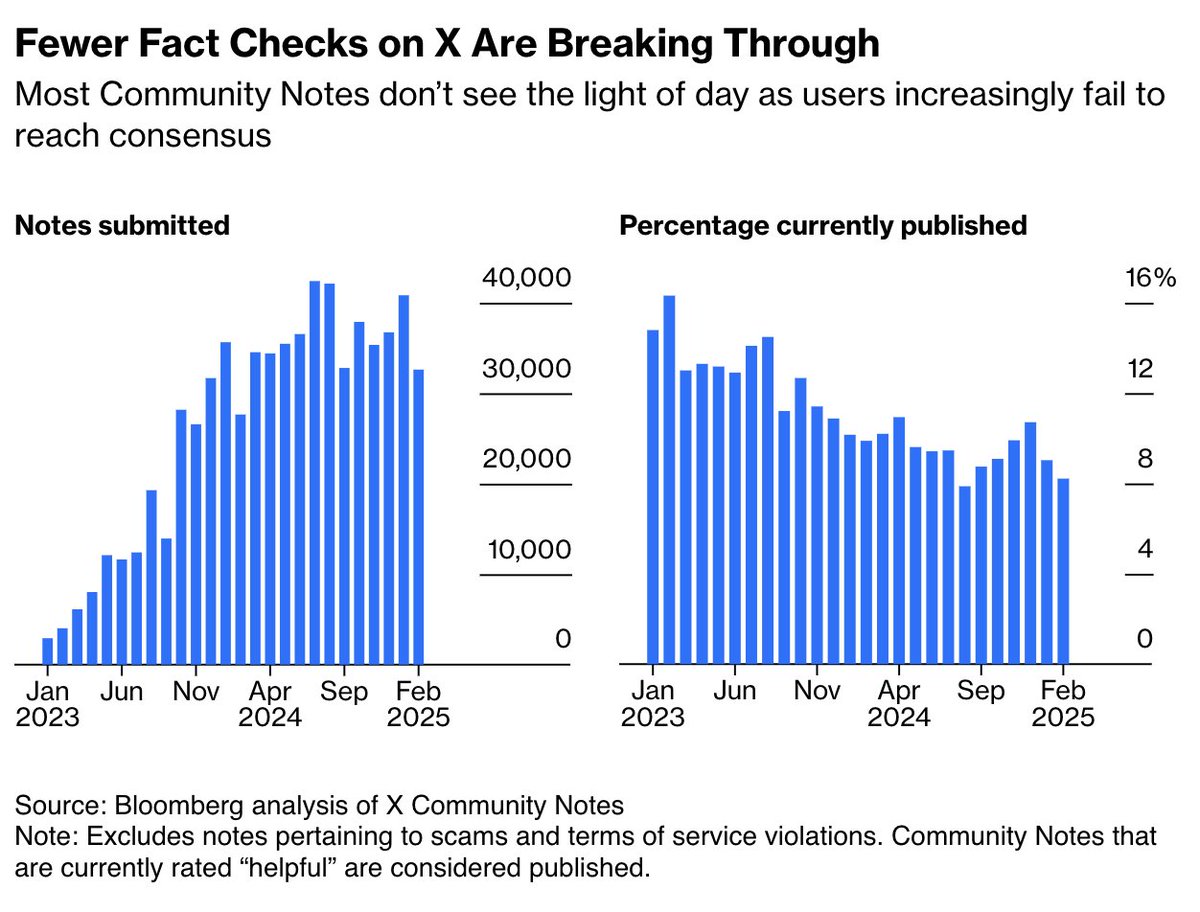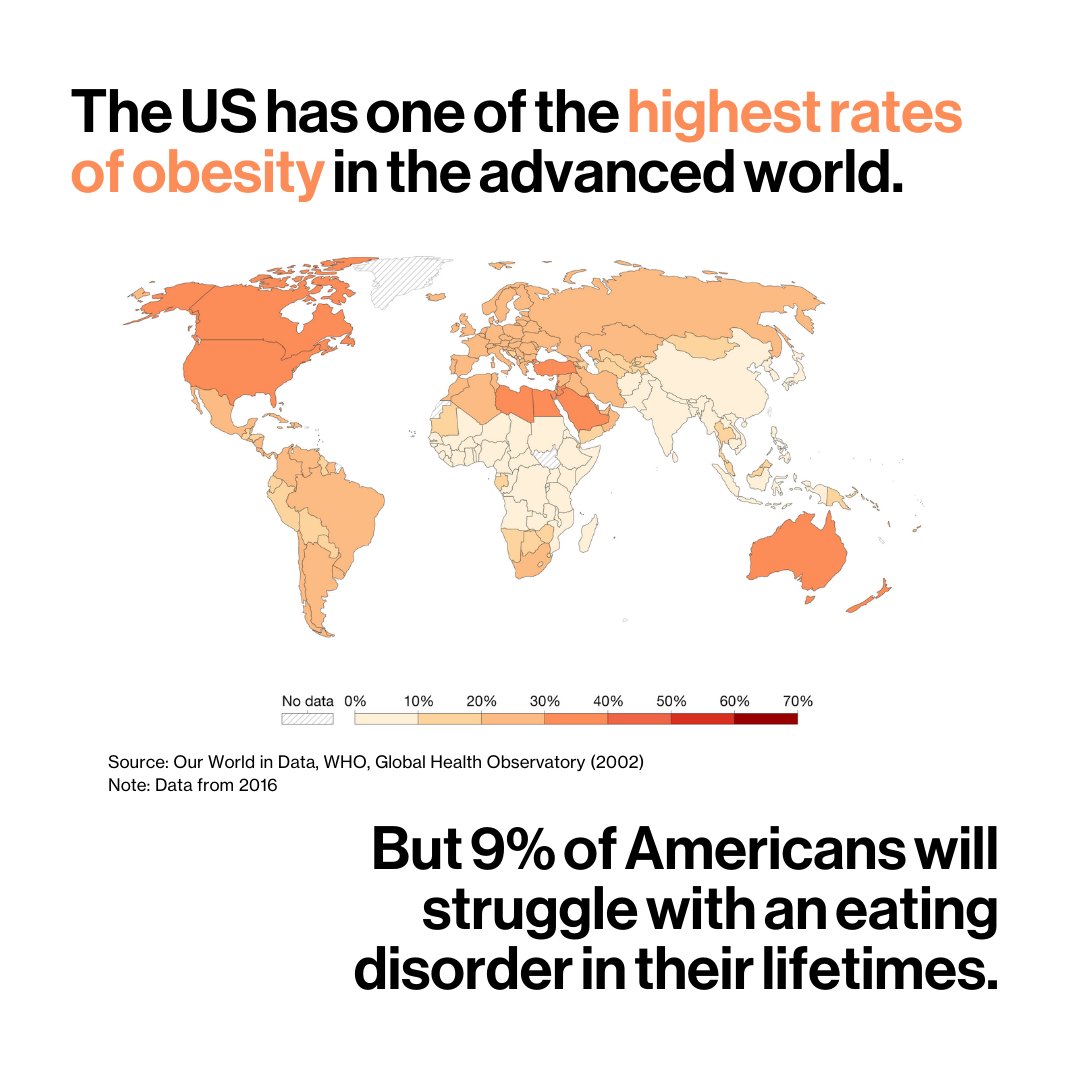Good news: The supply-chain crunch appears to have already peaked in the U.S.
Evidence keeps piling up to suggest that the U.S. is slowly but surely making progress in easing freight congestion and supply shortages bloom.bg/3oIZ4l3
Evidence keeps piling up to suggest that the U.S. is slowly but surely making progress in easing freight congestion and supply shortages bloom.bg/3oIZ4l3
🚢Average ocean freight rates for a 40-ft container have declined for 8 weeks
🚢Spot pricing for the Shanghai-Los Angeles trade route is down about 19% from its September peak
🚢There are fewer containers lingering for more than 9 days at the Port of L.A. bloom.bg/3oIZ4l3
🚢Spot pricing for the Shanghai-Los Angeles trade route is down about 19% from its September peak
🚢There are fewer containers lingering for more than 9 days at the Port of L.A. bloom.bg/3oIZ4l3

The threat of fines for excessive dwell times at the port seems to have led to a meaningful improvement.
The ports of L.A. and Long Beach have delayed the penalties (which start at $100 a day and rise in $100 increments) until at least later in November bloom.bg/3oIZ4l3
The ports of L.A. and Long Beach have delayed the penalties (which start at $100 a day and rise in $100 increments) until at least later in November bloom.bg/3oIZ4l3

An influx of additional sweeper ships used to pick up empty containers is helping clear dock space for new cargo.
Local officials are temporarily increasing the number of containers that can be vertically stacked in nearby warehouses and container yards bloom.bg/3oIZ4l3
Local officials are temporarily increasing the number of containers that can be vertically stacked in nearby warehouses and container yards bloom.bg/3oIZ4l3

In the industrial world, supply disruptions weighed on short-term sales, but the damage to profit margins ended up being fairly limited in the third quarter.
Most executives sound very optimistic about future demand in 2022 and beyond bloom.bg/3oIZ4l3
Most executives sound very optimistic about future demand in 2022 and beyond bloom.bg/3oIZ4l3

U.S. manufacturing output rose in October to the highest level since March 2019.
The factory production rebound was driven in part by an 11% jump in motor vehicles and parts. This suggests the automotive industry is navigating the supply crunch bloom.bg/3oIZ4l3
The factory production rebound was driven in part by an 11% jump in motor vehicles and parts. This suggests the automotive industry is navigating the supply crunch bloom.bg/3oIZ4l3

A peak in supply-chain stress doesn’t mean it’s over.
Shipping costs are still very high on a historical basis: The global benchmark rate is up more than 200% from the same period last year bloom.bg/3oIZ4l3
Shipping costs are still very high on a historical basis: The global benchmark rate is up more than 200% from the same period last year bloom.bg/3oIZ4l3

“There’s been some acceleration of the ports moving containers out and some early signs of dampening on ocean freight rates in the spot market,” said @biesrob1, CEO of @CHRobinson.
“Whether or not that’s a trend is yet to be determined” bloom.bg/3oIZ4l3
“Whether or not that’s a trend is yet to be determined” bloom.bg/3oIZ4l3

@biesrob1 @CHRobinson For the supply-chain crunch to get better, it first needed to stop getting worse.
That at least appears to have happened bloom.bg/3oIZ4l3
That at least appears to have happened bloom.bg/3oIZ4l3
@biesrob1 @CHRobinson For more from @blsuth, sign up to get alerts straight to your inbox! bloomberg.com/opinion/author…
• • •
Missing some Tweet in this thread? You can try to
force a refresh














